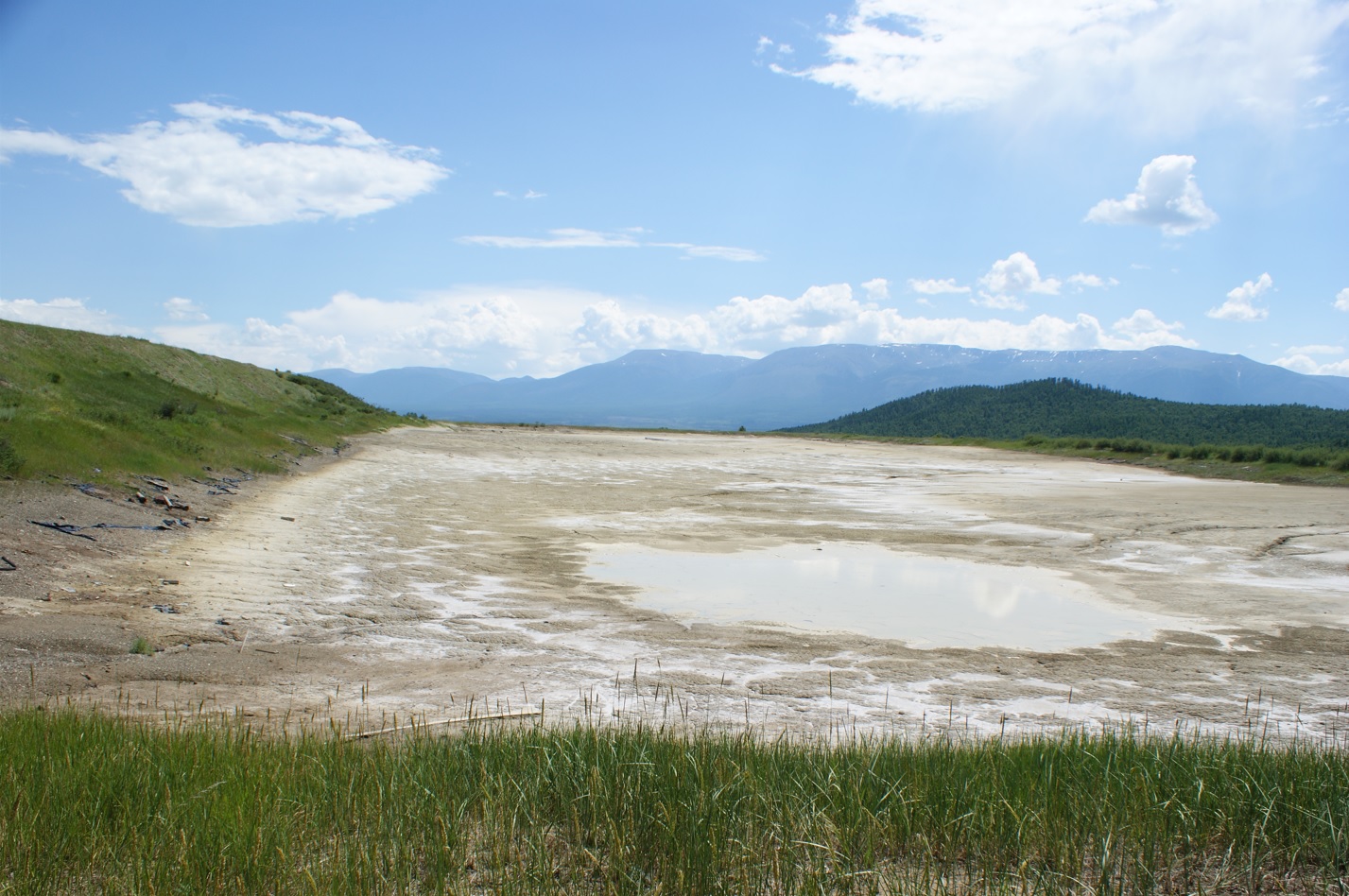The work was conducted by the Trofimuk Institute of Petroleum Geology and Geophysics, Siberian Branch of the Russian Academy of Sciences (IPGG SB RAS) in partnership with the Research Institute of Hygiene, Novosibirsk (within Rospotrebnadzor, the Federal agency that works to provide oversight and control of wellbeing and consumer rights and protection of Russian citizens), and National Research Tomsk Polytechnic University.
For the experiment, researchers sampled arsenide waste materials from the Tuvakobalt plant. Laboratory male rats breathed in pooled sampled air mixtures containing gaseous products emitted by a surfaces of mine tailings when slightly heated.

Wastes storage site of the Tuvakobalt plant
Why is this work important
According to the researchers that conducted the experiments, waste materials of the mining and metallurgical industries have a strong negative impact on the ambient air, natural waters, soils, vegetation and humans. Technogenic aerosols containing metals enter the atmosphere and can be transported over long distances, thereby polluting the atmosphere and especially the surface air layer.
During the experiment, scientists assessed the level of toxicity of air mixtures and their effect on living organisms.
How the experiment was conducted
The researchers involved 20 laboratory animals divided into two groups: experimental and control ones. After three days of inhalation, the experimental group of rats was euthanized, and then an autopsy was performed to examine the internal organs, by comparing them with the organs of rats from the control group.
The experiment was conducted in accordance with the rules adopted by the laboratory animals convention (the European Convention for the Protection of Vertebrates Used for Experimental and Other Scientific Purposes).
Some results
Results of the experiment have revealed some pathological changes in the internal organs of rats from the experimental group. Most animals displayed enhanced accumulations of : mercury, nickel and iron in the lungs; magnesium, manganese, iron and arsenic in the brain; magnesium, manganese and mercury in the liver; magnesium, nickel, iron, arsenic, mercury and lead in the kidneys. All these elements are characteristic of vapor-gas emanations from the mining waste storage materials used in the experiment.
Along with the accumulation of these substances in the organisms of the experimental rats, there was a noticeable depletion of sodium, phosphorus, potassium, sulfur, bromine and iodine, necessary for the normal functioning of the animals. Assumingly, these elements were substituted by toxic heavy metals and arsenic.
– The experimental results exemplify elevated levels of toxicity of the emanations from waste materials of tailing dumps, – said Svetlana Bortnikova, Dr Sci (geol.-mineral), Head of Geoelectrochemistry Laboratory at IPGG SB RAS.
In the future, scientists will continue to investigate hazardous effects from storages of industrial waste materials both on living organisms and the environment. Likewise, their recommendations to reduce such negative impacts will also be further developed.
For reference
The work was carried out within the framework of Project No. 0266-2022-0028 commissioned by the Ministry of Education and Science of the Russian Federation to the Trofimuk Institute of Petroleum Geology and Geophysics SB RAS.
For more details, see the article by
S.B. Bortnikova, A.V. Mytsik, A.V. Edelev, A.A. Khvachevskaya, 2024. Toxicity of vapor-gas flows from technogenic substance. Bulletin of the Tomsk Polytechnic University. Geo Аssets Engineering, Vol. 335. No. 4. P. 95–107.
Photos courtesy of S.B. Bortnikova
Published by IPGG Press Service